Body Focused Repetitive Behaviors (BFRB) is a blanket term that covers a range of skin-picking and hair-pulling disorders that affect as much as one in every 50 people. Unfortunately, many people who live with these conditions go years—sometimes decades—thinking they are alone in their struggle. These feelings of isolation and hopelessness can result in depression, and even suicide. This is the reason why it is absolutely vital that people are made aware that they are not alone, it’s not their fault and there is help available. Since Oct. 1-7 is BFRB Awareness Week, I want to share my own story with you to illustrate just how big of a difference spreading the word can make.
Starting middle school is never easy, especially when it coincides with the onset of puberty. But for me, there was an additional challenge to contend with. I suddenly startedpulling out my own hair.
It began with just my eyebrows and the hair on my head. After removing a substantial amount of hair from one side of my head, I moved on to my eyelashes as well. Half of the time, I wasn’t even fully aware I was doing it until the damage had already been done.Worse still, the more I was reminded to stop, the more I seemed to pull it out. Fortunately, my therapist diagnosed me with trichotillomania only a couple months after the onset of my symptoms, but that was only the first step.
At that time, research on this disorder was still very much a work in progress, so there was little known about what caused it, or how to treat it. This meant that, aside from some behavioral therapy, I was still largely on my own.
As both a concealing and preventative measure, my parents worked out an agreement with my teachers to let me wear a hat in class (something that was ordinarily against the rules).While this did help prevent me from pulling out the hair on my head, it did nothing to shield my eyebrows and eyelashes during school. The result was a series of questions from my classmates that I simply was not ready to answer.
“What happened to your eyebrows?”
“Why are you pulling out your hair?”
“Why does she get to wear a hat?”
Despite knowing what I had, dropping a name that sounded like a sexually transmitted disease wasn’t going to help. Besides, I still had no idea exactly why I pulled my hair out, let alone why I couldn’t simply just stop.
As a result, I usually avoided the questions, or answered with a half-hearted “I don’t know.” The unsatisfactory answers eventually led to teasing and bullying that continued throughout middle school. Every day came with a crushing sense of failure to stop pulling, despite all the help I was getting from my teachers and family. It seemed like such a simple solution—so why couldn’t I do it?
During the summer before my first year of high school, my mother and I went to a trichotillomania convention in New York City where we met many others who deal with the same issues I did. It was there that I learned many skills for coping, including figuring out where and when I tend to pull and targeting my interventions there. This is also the point where my family and I learnedthat trichotillomania is more than just a habit–it is a neurobiological disorder. Since this condition can be exacerbatedby stress, telling someone to “just stop” pulling can actually make things worse.
Even though I knew that I wasn’t alone, it wasn’t my fault, and there was help available to me now, I was not ready to be open about my disorder. I was worried about what people would think.
I was still the only one in my area I knew with this disorder, and the bullying and teasing continued when high school started. This was not helped by the need for me to get special permission to wear a hat once again. It got to the point where I began to tell some people that it was a contagious disease just to get them to leave me alone, but that didn’t solve the problem either.Despite my fear of what others would think, when an assignment in my health class required us to create a presentation on a health condition of our choice, I decided to use it as an opportunity to finally educate my classmates about my condition.
I created a PowerPoint presentation about trichotillomania, covering the basics of what it was, how it affected people and what few treatments were available at the time. Even though I had decided to close the presentation by admitting I had the disorder myself, I was still very nervous about how people would react. Would the teasing get worse? Would they think I was a freak? To my surprise, all these worries couldn’t have been farther from the truth. During the presentation, my classmates asked me honest, intelligent questions and respected my answers.
After that class, I started telling other people the truth as well, and the reactions were similar. Many of the same people who bullied me about it before suddenly lost interest completelywhen I answered them truthfully, and some even seemed genuinely interested in what I had to say.
I continued using education as a coping mechanism. With assistance from the Trichotillomania Learning Center (TLC),I began raising awareness of the disorder in several middle schools and cosmetology schools in my area. My project ended up being covered in a Washington Post article at one point, which helped me reach an even wider audience—as far as California!
Today, I am still living with the disorder, but managing far better than I did at the start. There were many things that helped me get to this point, but that one health class project turned out to be a surprisingly important step on my road to recovery. This was because it provided me with an “excuse” to discuss something important that I wasn’t comfortable bringing up ordinarily.
BFRB Awareness Week provides that same opportunity to not only people who struggle in silence, but to their friends, parents, educators and health care providers as well. You can help spread the word in many different ways, but no matter what you choose to do, remember that even a small contribution by a teacher or friend can make all the difference in the world to someone struggling in silence.

